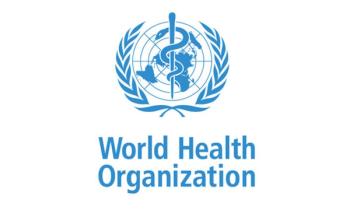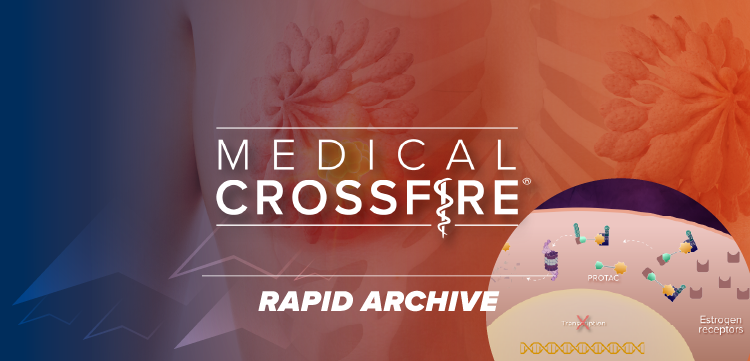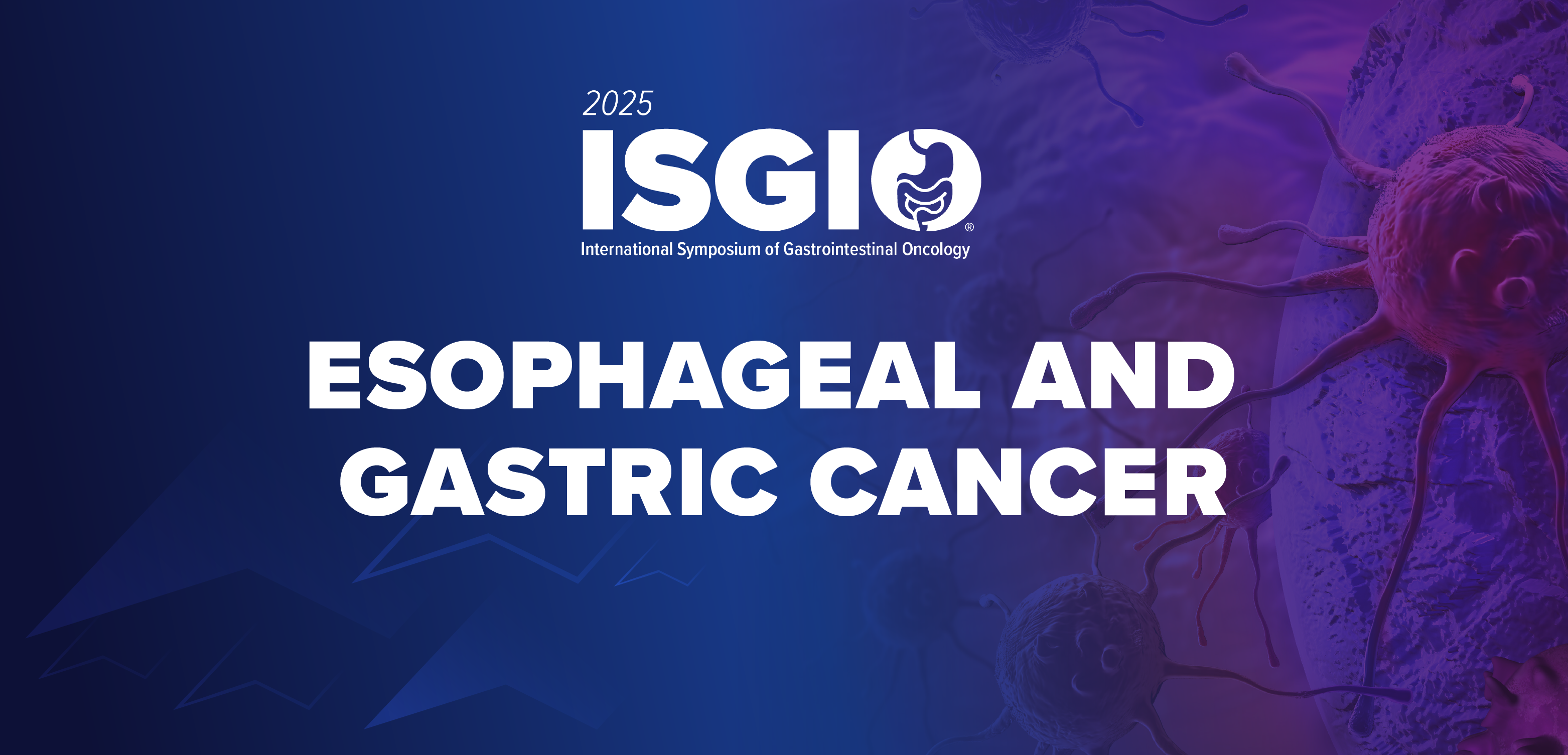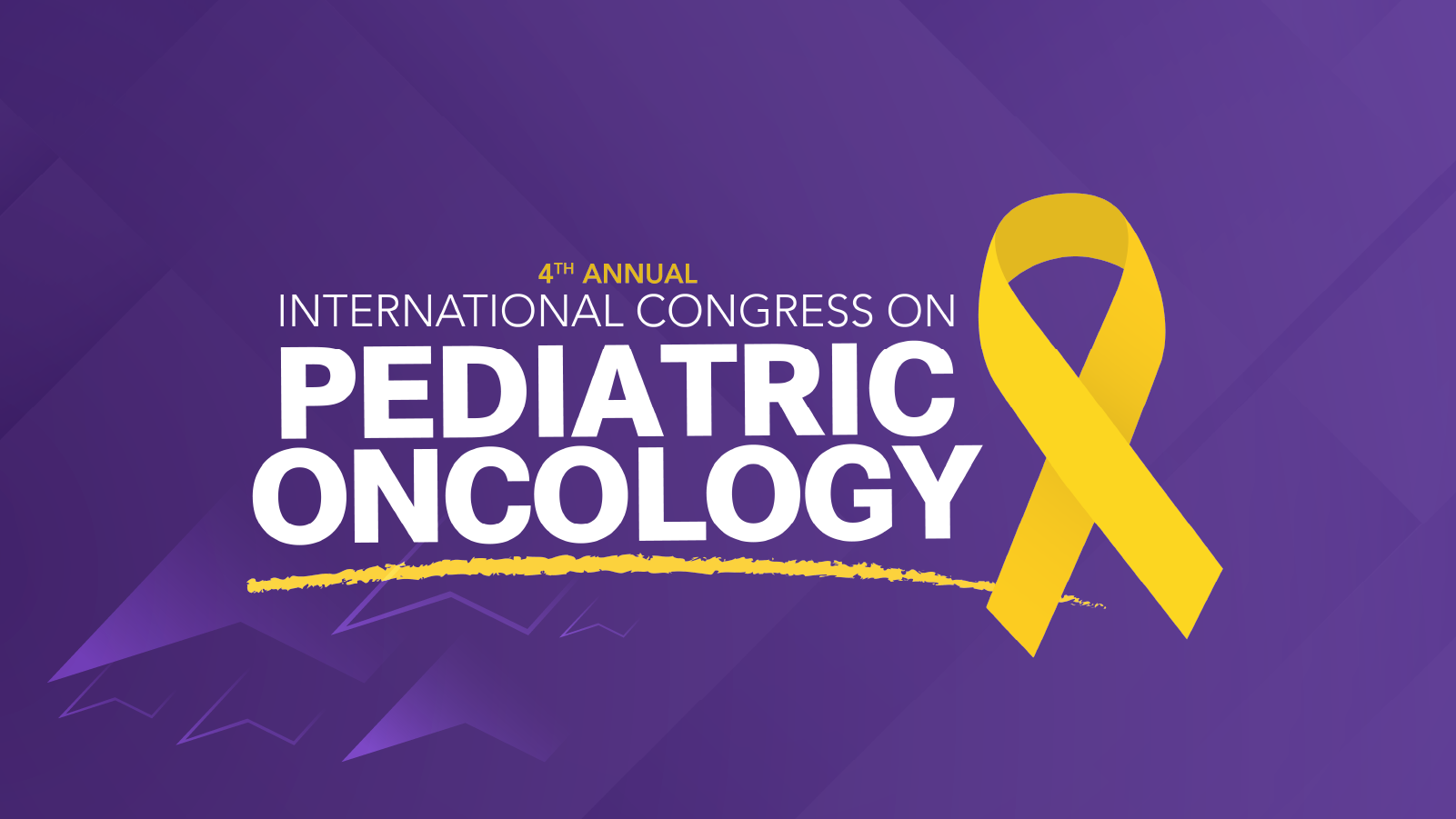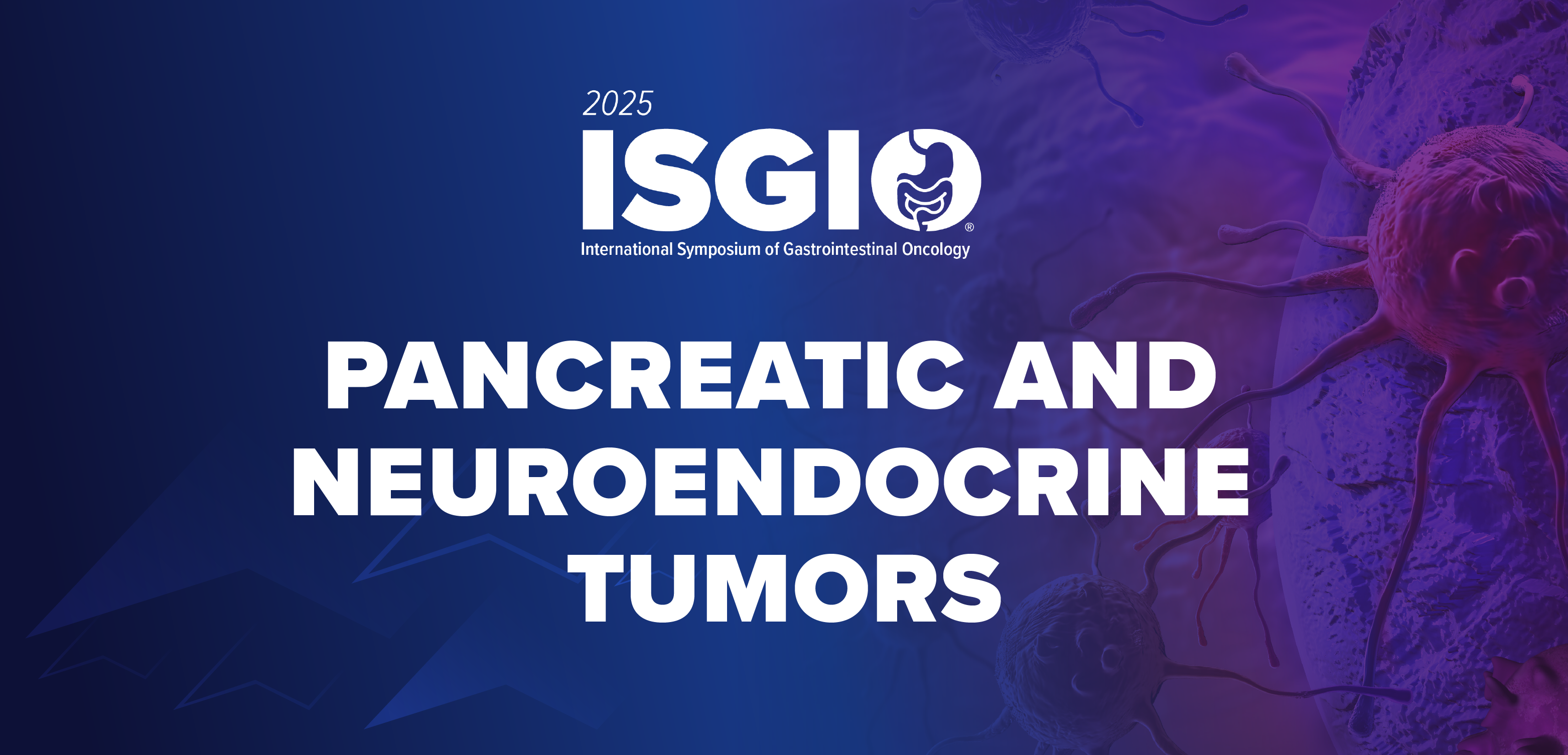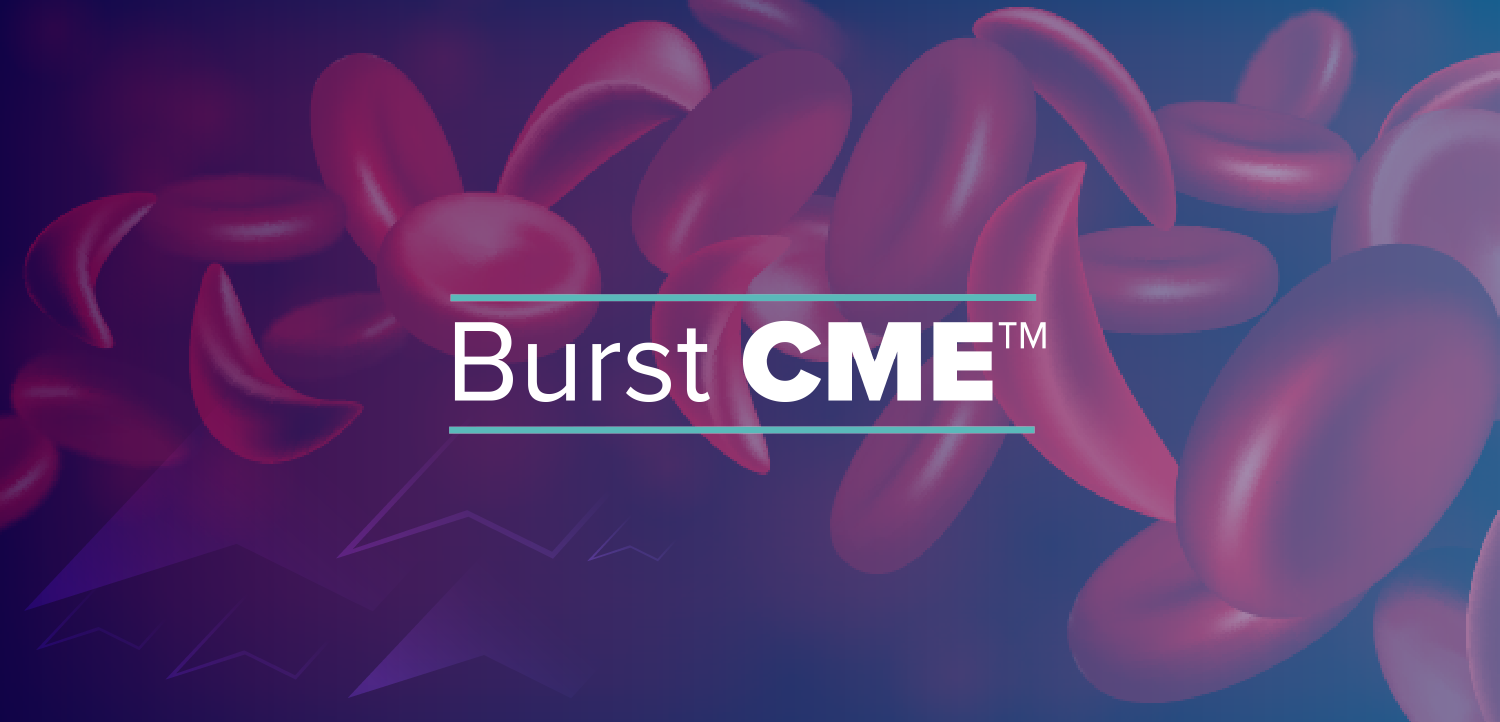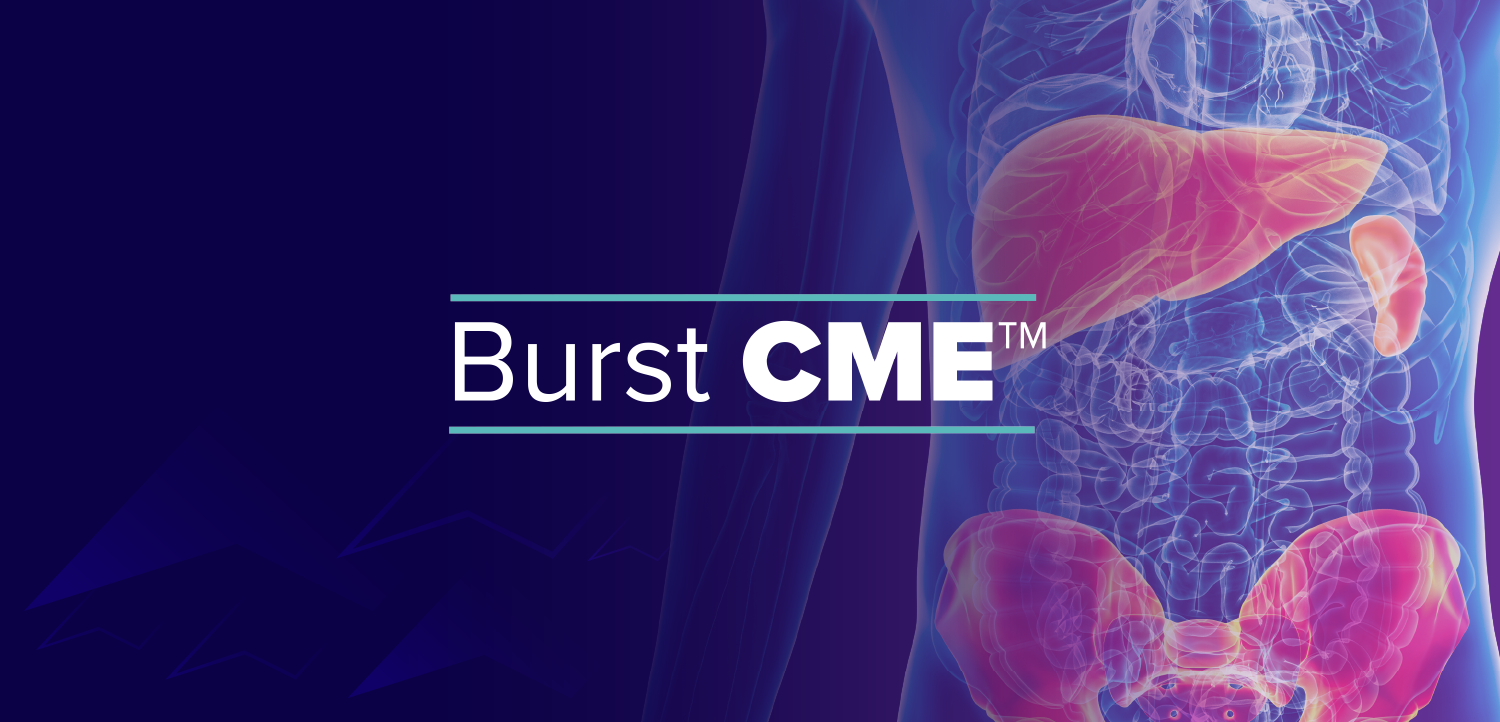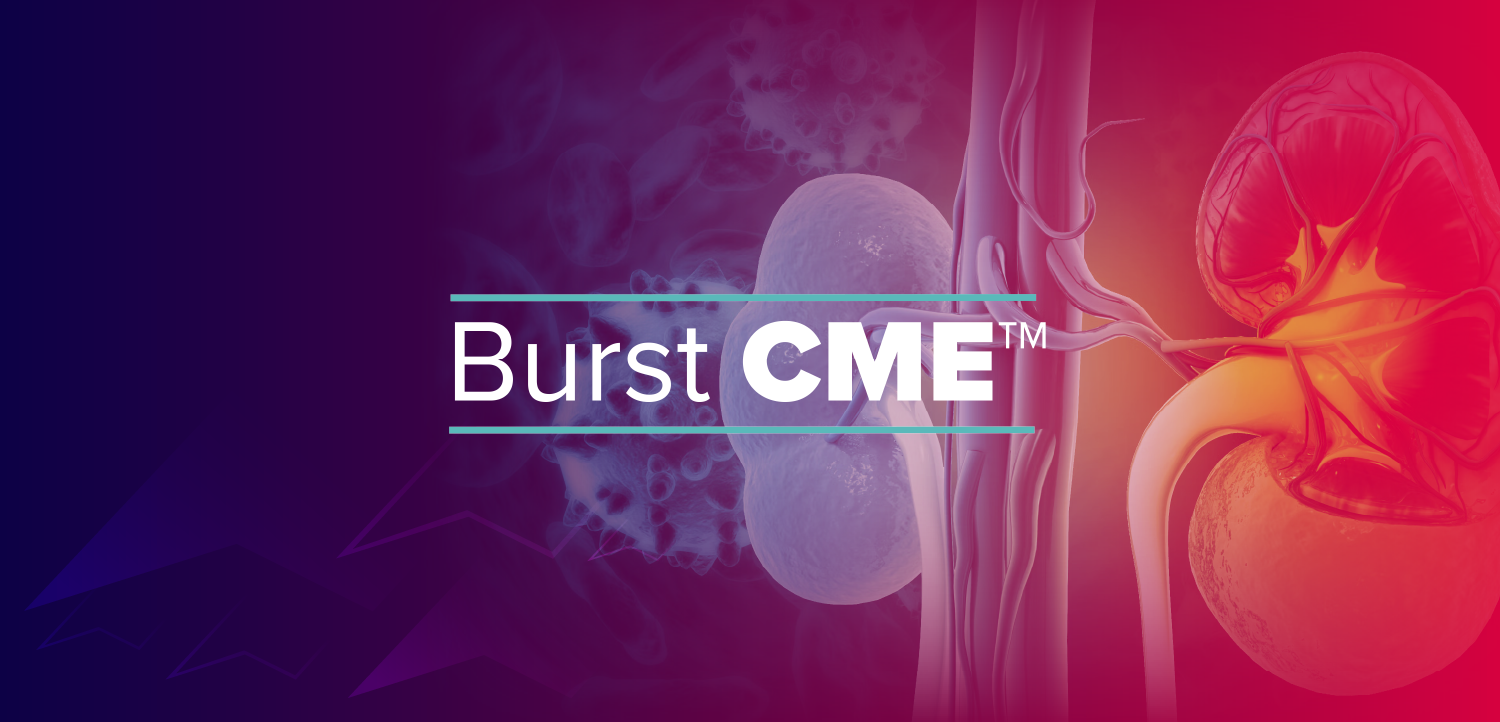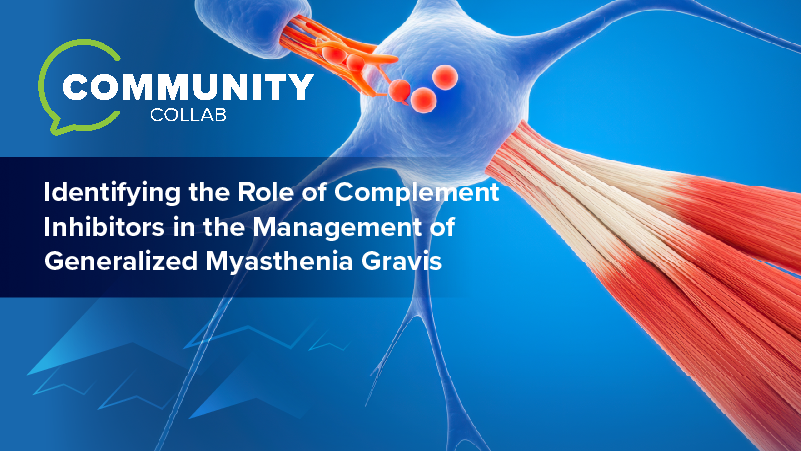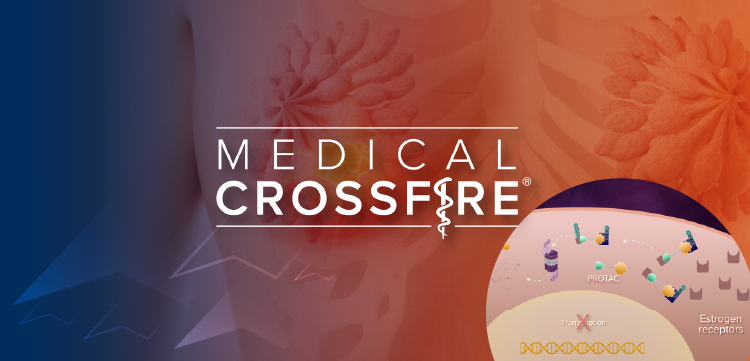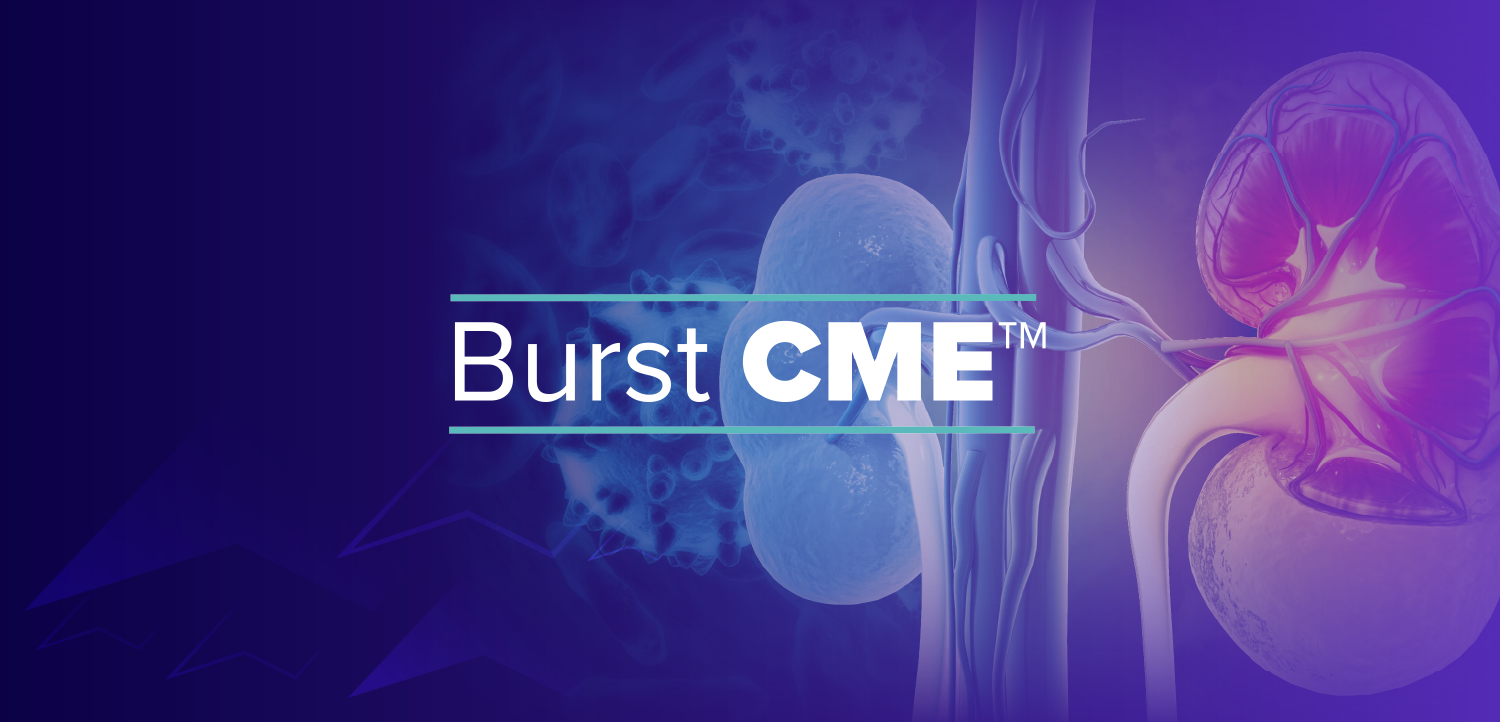
Prompts in Computerized Order Entry Improve Antimicrobial Treatment for Skin, Soft Tissue Infections
The INSPIRE 3 trial demonstrates that computerized order entry recommendation prompts can reduce empiric use of broad-spectrum antibiotics in favor of targeted treatment for skin and soft tissue infections.
Recommendation prompts within computerized provider order entry (CPOE) were effective in reducing empiric use of broad-spectrum antibiotics in patients hospitalized for skin and soft tissue infections (SSTI) without reduction in safety, in the INSPIRE 3 clinical trial.1
"In this trial, initial standard-spectrum antibiotic prescribing increased, suggesting growing acceptance of national guidance," observed Shruti Gohil, MD, MPH, Division of Infectious Diseases, Irvine School of Medicine, Irvine, CA, and colleagues. "For those who continued to order extended-spectrum for low-risk patients, prompt recommendations encouraged switch to standard-spectrum antibiotics."
Learn more:
The INSPIRE trials (Intelligent Stewardship Prompts to Improve Real-Time Empiric Antibiotic Selection) compare outcomes from routine stewardship with programs incorporating CPOE prompts.The results favoring real-time CPOE prompts recommending antibiotic prescribing for SSTI correspond to those from INSPIRE trials for pneumonia,2 urinary tract3 and intra-abdominal infections.4
Participating hospitals were randomly assigned to either the routine stewardship group or the CPOE bundle group.The hospitals of both groups receive educational materials and quarterly coaching calls to reinforce maintaining stewardship activities consistent with national guidance.
The CPOE bundle in the INSPIRE 3 trial includes recommendation prompts for standard-spectrum antibiotics instead of broad-spectrum choices for SSTI during the first 3 hospital days, for patients identified by patient-specific algorithm to have an absolute risk of less than 10% for Pseudomonas or multidrug-resistant organisms (MDRO). The bundle also includes education on the risk estimate calculations, local Pseudomonas or MDRO SSTI prevalence, investigator site visits and webinars during the phase-in period, and clinician SSTI antibiotic prescribing reports.
The INSPIRE 3 trial involved a total of 92 HCA Healthcare hospitals across 15 states, which were randomized on 1:1 ratio to the routine or CPOE-stewardship groups. A total of 118,562 patients were admitted with SSTI during the study; with 57,837 included in the baseline period 60,725 in the intervention period. The primary outcome was extended-spectrum antibiotic days in the first 3 calendar days of hospitalization. The 2 prespecified safety outcomes were duration of stay in the hospital, and in the ICU.
Gohil and colleagues reported that empiric extended-spectrum antibiotic treatments during the baseline and intervention periods was 57% and 56%, respectively, for the routine stewardship group compared with 55.4% and 43%, respectively, in the CPOE group.Empiric extended-spectrum antibiotic treatment days per 1000 empiric days targeting Pseudomonas and/or MDR gram-negative pathogens was 511.5 during the baseline period and 488.7 during the intervention period with routine stewardship, compared to 496.2 and 359.1, respectively, with the CPOE bundle (rate ratio, 0.72; 95% CI 0.67-0.79). There was no evidence of inferiority in the CPOE bundle group for duration of stay in hospital or ICU.
In an accompanying editorial,5 Shinya Hasegawa,MD, Division of Infectious Diseases, Department of Internal Medicine, University of Iowa Health Care, Iowa City, and Daniel Livorsi, MD, MSc, Center for Access and Delivery Research and Evaluation, Iowa City Veterans Affairs Health Care System, Iowa City, indicate that the investigators "should be applauded" for conducting the well-designed studies.
"Their findings provide valuable insights into the effectiveness of the CPOE bundle," they remark.
Hasegawa and Livorsi point out, however, that there are several components of the bundle which may have influenced changes in prescribing behavior, beside the recommendation prompts.They suggest, for example, that explanations of MDRO risk estimate and rationale for the alerts addressing knowledge deficits, as well as the prescribing "progress" reports might have been instrumental in the change.
"Qualitative research methods could help explore which of the previously mentioned factors were influential," Hasegawa and Livorsi suggest. "Specifically, it would be useful to ask clinicians about their experience receiving these alerts and to inquire about why they chose to change their behavior."
References
1.Goil SK, Septimus E, Kleinman K, et al. Improving empiric antibiotic selection for patients hospitalized with skin and soft tissue infection. The INSPIRE 3 skin and soft tissue randomized clinical trial.JAMA Intern Med. 2025; April 10:e250887. doi:10.1001/jamainternmed.2025.0887.
2. Gohil SK, Septimus E, Kleinman K, et al. Stewardship prompts to improve antibiotic selection for pneumonia. The INSPIRE Randomized Clinical Trial. JAMA. 2024 June 18; 331(23):2007-2017.
3. Gohil SK, Septimus E, Kleinman K, et al. Stewardship prompts to improve antibiotic selection for urinary tract infections: The INSPIRE randomized clinical trial. JAMA. 2024 June 18; 331(21):2018-2028.
4.Gohil SK, Septimus E, Kleinman K, et al. Improving empiric antibiotic selection for patients hospitalized with abdominal infection: The INSPIRE 4 cluster randomized clinical trial. JAMA Surg. 2025 April 10;e251108. doi:10.1001/jamasurg.2025.1108.
5.Hasegawa S, Livorsi DJ. Electronic stewardship prompts—exploring the why behind the what. Editorial. JAMA Netw Open. 2025; 8(4):e2512634. doi:10.1001/jamanetworkopen.2025.12634.
Newsletter
Stay ahead of emerging infectious disease threats with expert insights and breaking research. Subscribe now to get updates delivered straight to your inbox.

